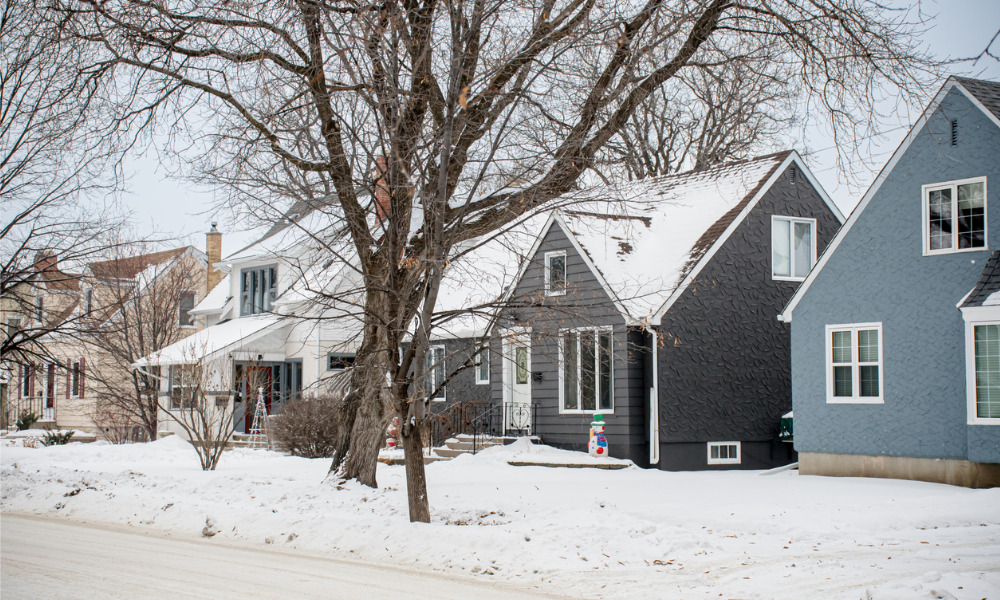Analysis highlights "encouraging signs" of recovery ahead of spring activity

The Canadian housing market is showing encouraging signs of balance after a slow winter season, according to a new analysis from BMO economics, although observers remain keen to see how the interplay between pent-up demand and a listings increase will unfold as spring nears.
Senior economist Robert Kavcic said market sentiment has been somewhat uplifted by expectations of potential rate cuts by the Bank of Canada and a reduction in fixed mortgage rates. However, policy easing by the central bank is now anticipated to occur around mid-year, past the crucial spring market timeline.
Yields on five-year Government of Canada bonds have also increased over 50 basis points since the start of the year, said Kavcic.
Market sees “encouraging signs” ahead of spring
In January, existing home sales saw a 3.7% increase on a seasonally adjusted basis, up 22% from the same month the previous year.
While notable, this surge was due in part to a low base effect from the prior year when the market experienced a downturn, according to Kavcic’s analysis. The winter season typically sees lower transaction volumes, with sales usually dropping to less than half of peak spring levels.
True market momentum is expected to become clearer from March onwards, but Kavcic did note that there are early signs suggesting a market recovery.
“So far, there remain encouraging signs that the market has troughed alongside improved sentiment and some lower fixed mortgage rates—and there is pent-up demand on the sidelines,” he said.
Starting point for spring market is “well balanced”
January also saw a modest 1.5% increase in new listings, with year-over-year growth of 10.5%. This growth has nudged the sales-to-new listings ratio to 58.8% and aligns perfectly with the 10- and 20-year medians, indicating a return to a balanced resale market on a national level.
Regionally, the Prairies, particularly Calgary, has experienced sellers’ markets, while some smaller cities in Southern Ontario have displayed softer conditions. Meanwhile, rural areas in Ontario and BC have remained sluggish outside their peak season.
As for major cities, Kavcic said the market has been “relatively balanced again,” with Vancouver, Toronto, and Montreal now observing neutral sales-to-new listings ratios.
“Again, with spring also comes more listings, so we’ll need to see how much pent-up demand is waiting to swallow up (or not) the flow that will be coming in the next few months,” Kavcic said. “But the starting point for the market is at least well balanced.”
Several markets see dropping prices
Prices in several markets have continued to see declines, Kavcic added, with the MLS benchmark Canadian price dropping 1.2% in January, equating to a 13.8% annualized decrease since October.
He said this trend might indicate that the market is clearing, aided by sellers’ willingness to negotiate on price. As a result, prices have only seen a marginal year-over-year increase of 0.4%.
The average transaction price in January was up 7.6% year-over-year. Calgary saw the largest price growth at 10% year-over-year, followed by Vancouver and Montreal with modest gains at “low-single digits.” Toronto’s prices have remained flat, while Southern Ontario had markets at cycle lows.
What are your thoughts on this story? Feel free to share your comments below.



